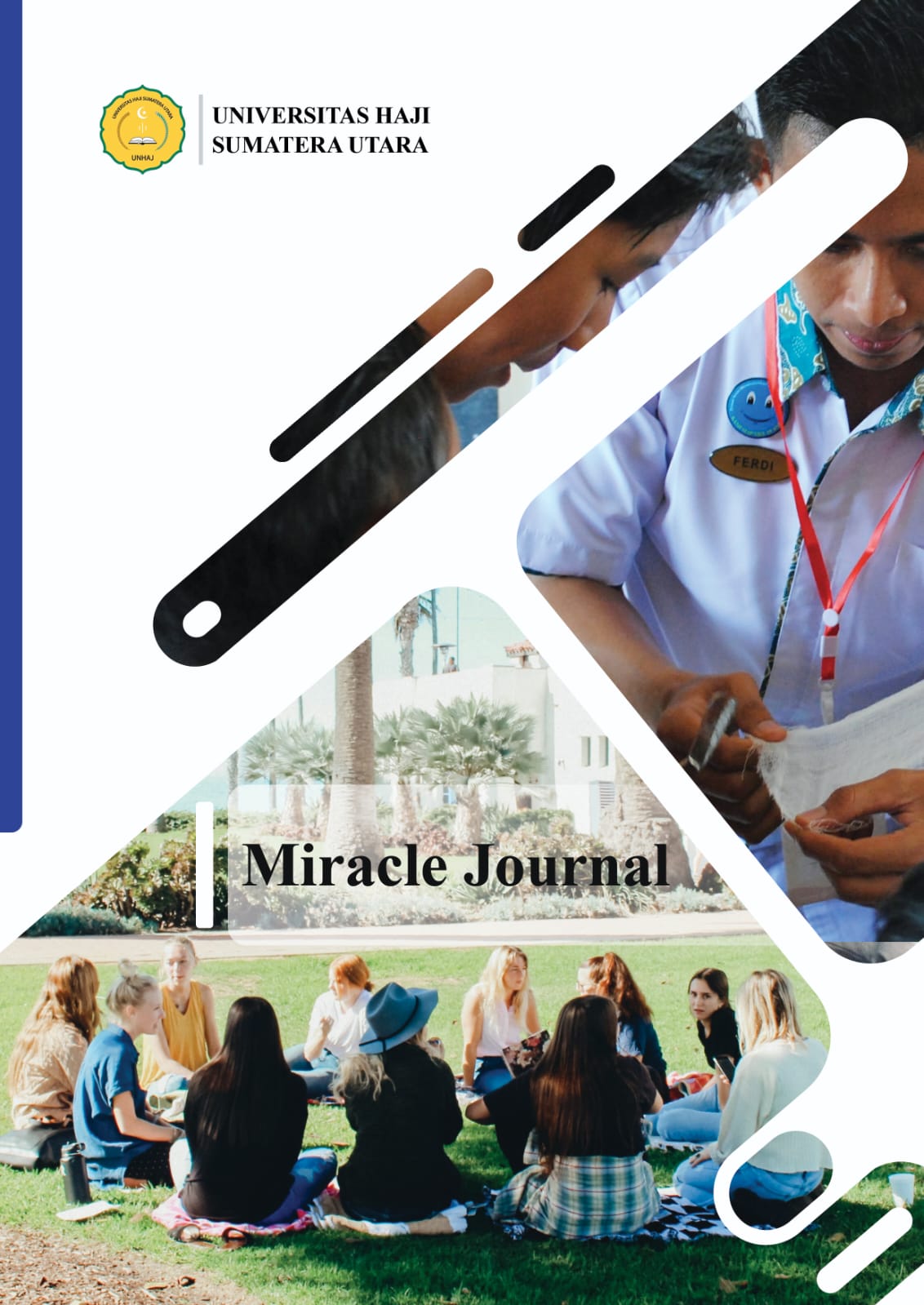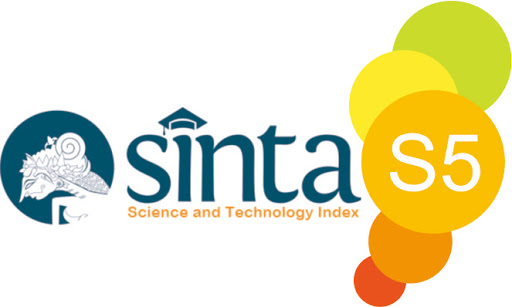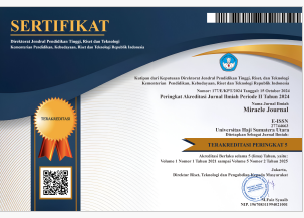Faktor – Faktor Yang Mempengaruhi Kejadian Baby Blues Syndrome Pada Ibu Nifas di PMB Linda Elisabet Kota Depok Jawa Barat
DOI:
https://doi.org/10.51771/mj.v4i2.1183Keywords:
baby blues syndrome, Ibu Nifas, Praktek Mandiri BidanAbstract
The first week following giving birth is a common time for the mild affective disorder condition known as Baby Blues or Maternity Blues. The third to fifth day after delivery is when the occurrence of Baby Blues Syndrome rises, and it continues for fourteen days thereafter. This study falls under the category of analytical observational research since it does not treat research subjects in any way to help researchers understand the issue more thoroughly. This study used a cross-sectional design and was a survey in nature. Forty women who gave birth at PMB Linda Elisabet Elisabet in May 2024 and were at least one week postpartum made up the study's group. The researchers in this study used the total sampling formula to choose their samples. Sequential sampling was employed for the sampling process. The study found no statistically significant correlation (p = 0.477) between postpartum mothers' age and the frequency of infant blues syndrome in PMB Linda Elisabet, Depok City, West Java in 2024. Parity is statistically associated with a lower risk of postpartum blues syndrome in PMB moms. Depok City, West Java's Linda Elisabet in 2024, p = 0.024, Baby blues syndrome incidence and pregnancy status are statistically related in 2024 at PMB Linda Elisabet in Depok City, West Java. The p-value for this relationship is 0.041, suggesting that the two variables are significantly related. The goal of PMB Linda Elisabet's baby blues syndrome screening program is to reduce the prevalence of postpartum depression and encourage moms to talk to their loved ones about the challenges they're experiencing.
References
BKKBN. (2017). Peraturan Kepala Badan Kependudukan dan Keluarga Berencana Nasional Nomor 24 tahun 2017 tentang Pelayanan Keluarga Berencana Pasca Persalinan dan Pasca Keguguran.Fitriyani, D. (2019). Hubungan Pengetahuan Ibu Post Partum Dengan Syndrome Baby Blues Pada Hari 1-7 Post Partum.
Hymas, R. and Gyrard, L. (2019) ‘Predicting Postpartum Depression among adolescent mothers: A systematic review of risk’, Journal of Affective Disorders, 246
Kumalasari, I., & Hendawati, H. (2019). Faktor Risiko Kejadian Postpartum Blues Di Kota Palembang. JPP (Jurnal Kesehatan Poltekkes Palembang), 14(2), 91–95. https://doi.org/10.36086/jpp.v14i2.408
Lubis, L. N. (2022). Depresi Tinjauan Psikologis, Edisi 1. Jakarta: Kencana.
Mardatillah, D., Gandini, A. L. A. and Ratnawati (2019) ‘Faktor-faktor yang Berhubungan dengan Kejadian Postpartum Blues di Wilayah Kerja Puskesmas Temindung Tahun 2019’, Politeknik Kesehatan Kementrian Kesehatan Kalimantan Timur.
Nugraheni, F. (2019) ‘Hubungan Jenis Persalinan dan Paritas dengan Kejadian Depresi Postpartum di Rumah Sakit PKU Muhammadiyah Gamping Sleman Yogyakarta’, Universitas ’Aisyiyah Yogyakarta
Rini, S. and Kumala, F. (2017) Panduan Asuhan Nifas dan Evidence Based Practice. 1st edn. Yogyakarta: CV Budi Utama.
Risnawati and Susilawati, D. (2018) ‘Gambaran Kejadian Postpartum Blues pada Ibu Nifas di Kelurahan Nanggalo Wilayah Kerja Puskesmas Nanggalo Padang Tahun 2018’, Jurnal Kesehatan Panca Bhakti Lampung, VI(2), pp. 138–148.
Saraswati, D. E. (2018a) ‘Faktor yang Berpengaruh Terhadap Kejadian Postpartum Blues’, journal of HEalth Science, 11(2), pp. 130–139.
Sari, R. P., Densy, A. And Keraman, B. (2020) ‘Analisis Faktor Risiko Kejadian Postpartum Blues Di Puskesmas Perumnas Kabupaten Rejang Lebong’, Journal Of Midwifery, 8(1), pp. 29–36.
Sugiyono. (2020). Metode Penelitian Kuantitatif, Kualitatif dan R&D. Bandung: Alfabeta.
Yunita, S., Candra, A., & Permatasari, D. (2021). Hubungan Dukungan Keluarga Dengan Kejadian Post Partum Blues.
Downloads
Published
Issue
Section
License
Copyright (c) 2024 maghdalena barus

This work is licensed under a Creative Commons Attribution-ShareAlike 4.0 International License.










